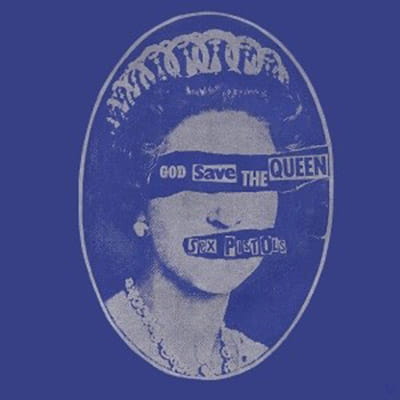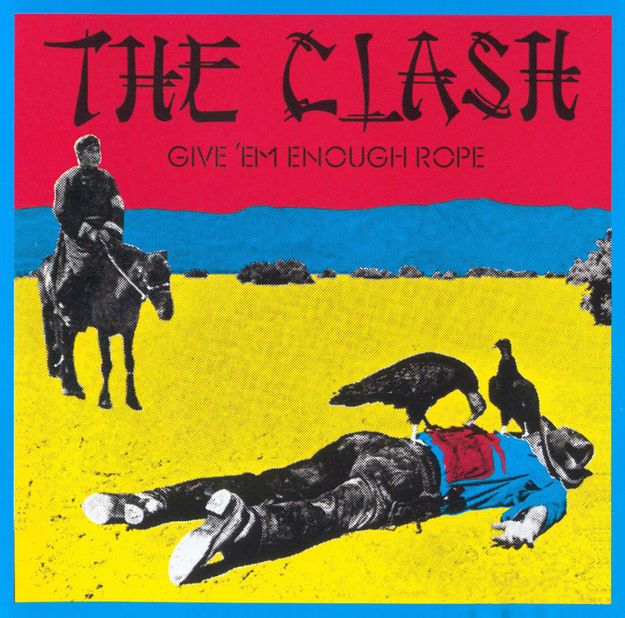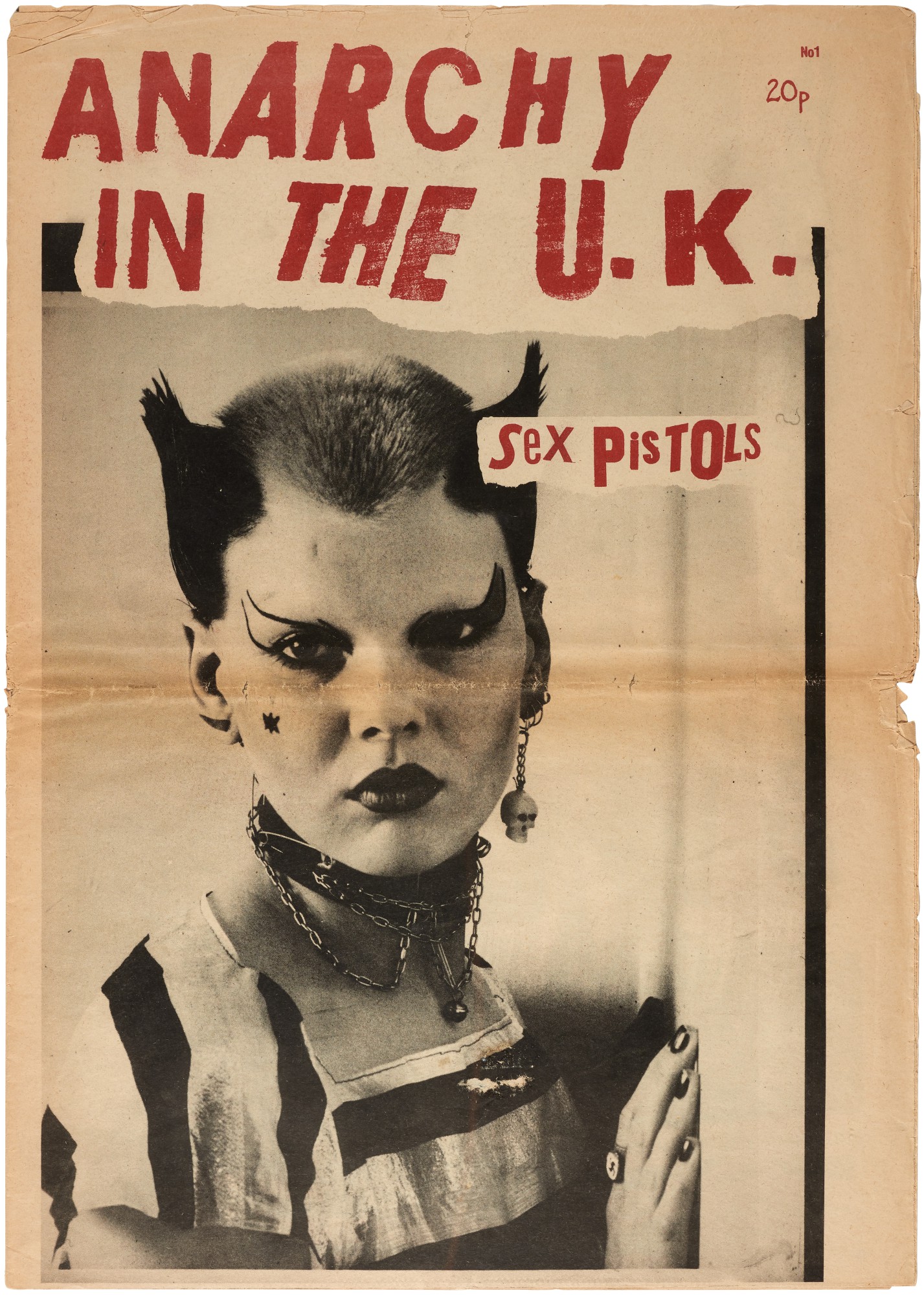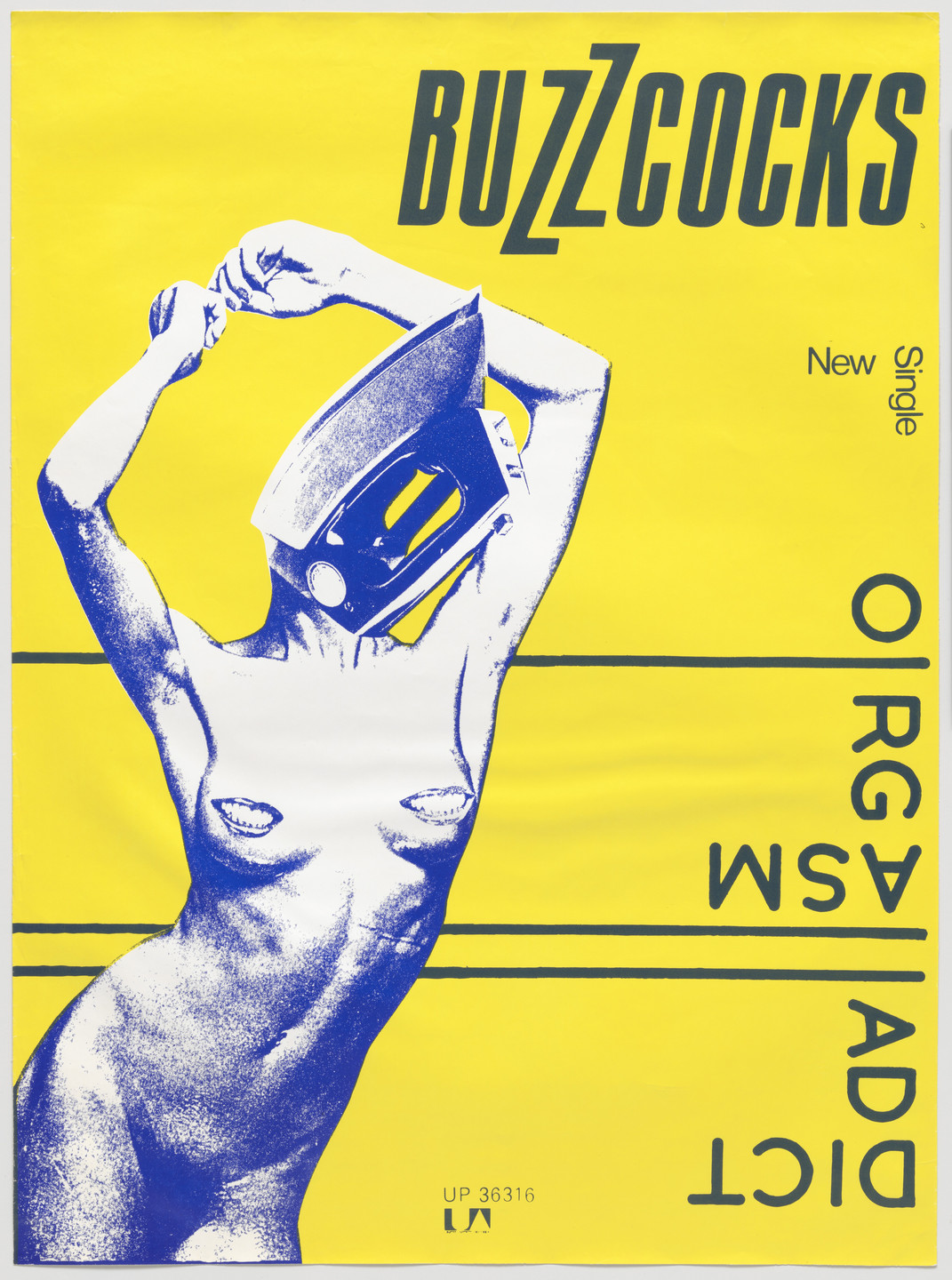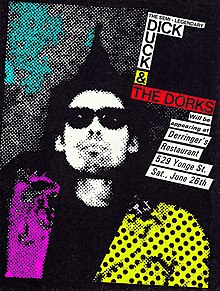Key Characteristics
Major contributors
Sex Pistols
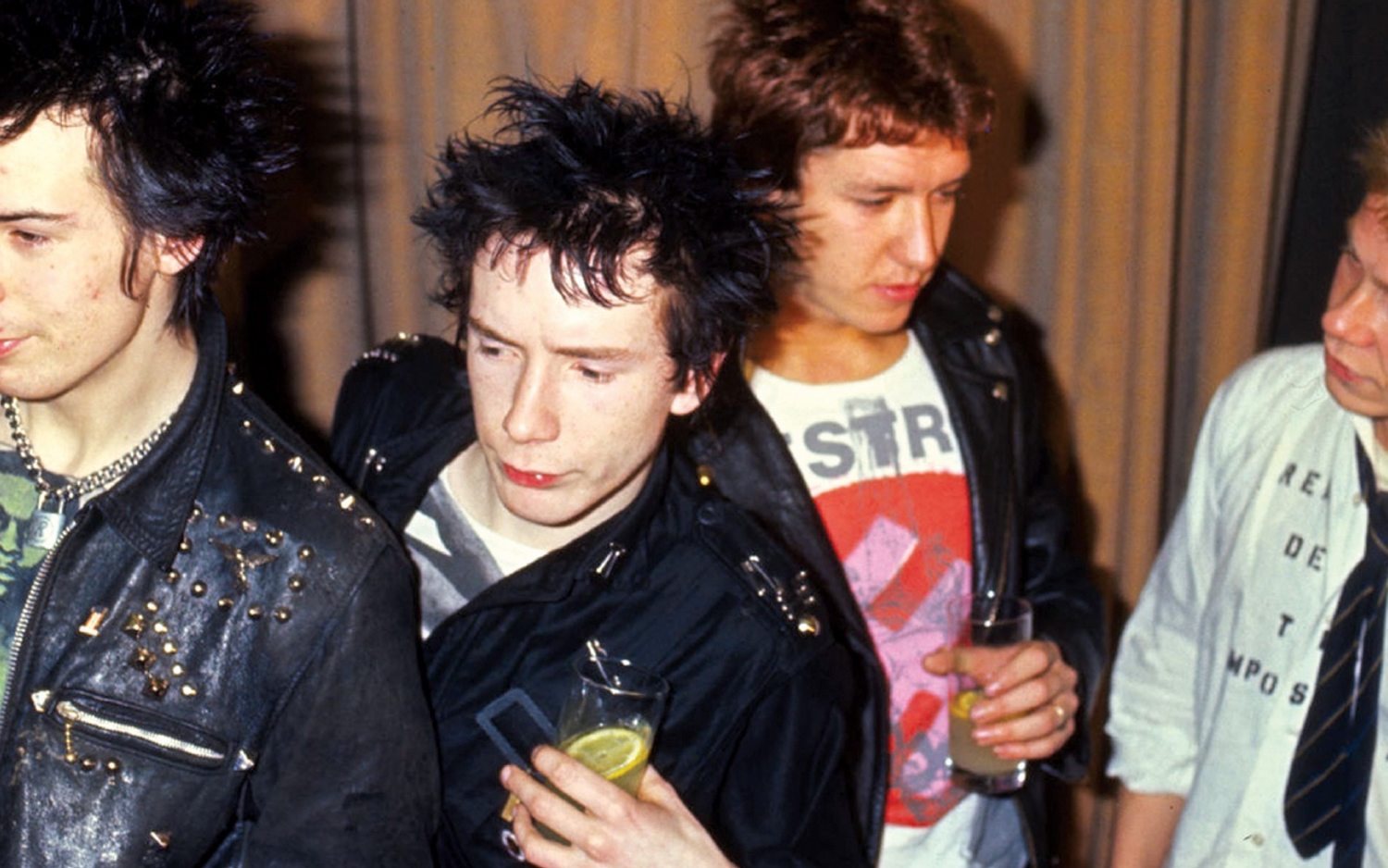
The Sex Pistols were an English punk rock band formed in London in 1975. Although their initial career lasted just two and a half years, they became one of the most culturally influential acts in popular music. The band initiated the punk movement in the United Kingdom and inspired many later punk, post-punk and alternative rock musicians, while their clothing and hairstyles were a significant influence on the early punk image.
The Clash
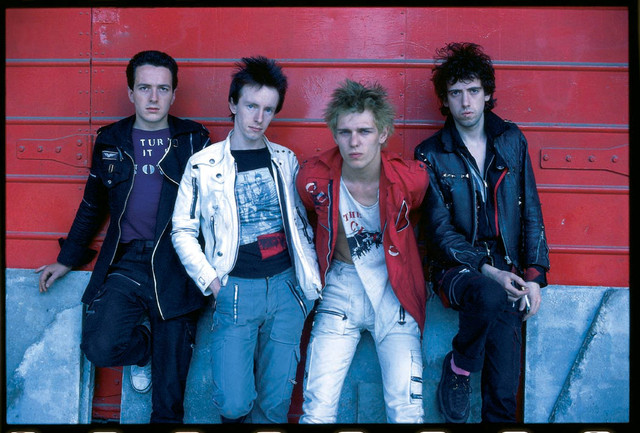
The Clash, British punk rock band that was second only to the Sex Pistols in influence and impact as a standard-bearer for the punk movement. Of all the original punk rock groups that grew out of the whole '77 explosion malarkey, The Clash is chiefly labeled by the mainstream music press as the smartest of the lot, pushing politics and eclecticism to the forefront of their music.
Jamie Reid

Perhaps one of the most iconic punk artists, Jamie Reid is best known for his work with the Sex Pistols. He designed the band's logo and created the artwork for their album "Never Mind the Bollocks, Here's the Sex Pistols." Reid's work is characterized by its bold use of color, collage elements, and political messaging.
Raymond Pettibon
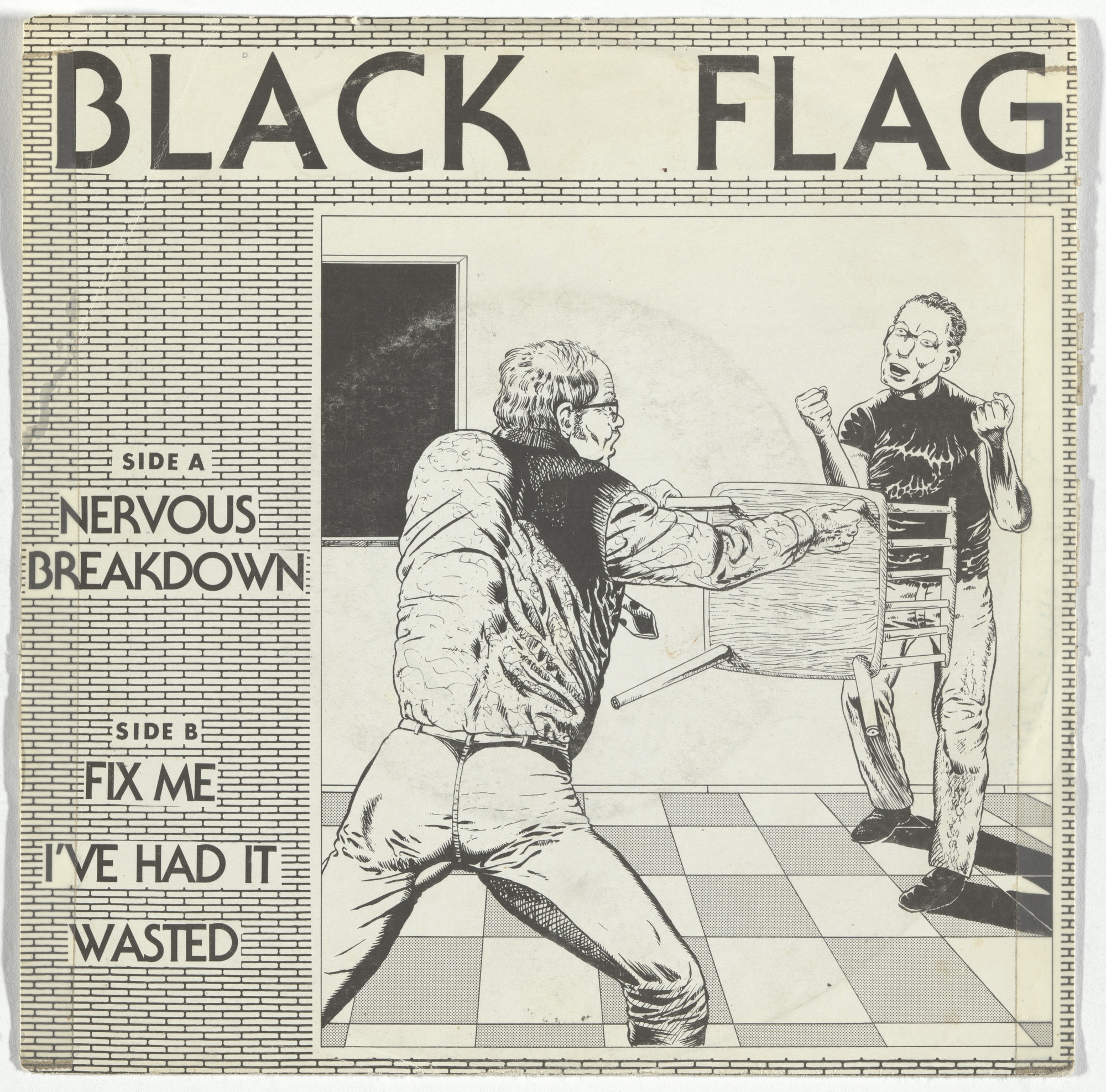
Raymond Pettibon is an artist and illustrator whose work became closely associated with the punk scene, particularly through his association with the band Black Flag. He created many of the band's iconic logos and album covers. His style often features dark, surreal, and sometimes violent imagery.
Visual Gallery
